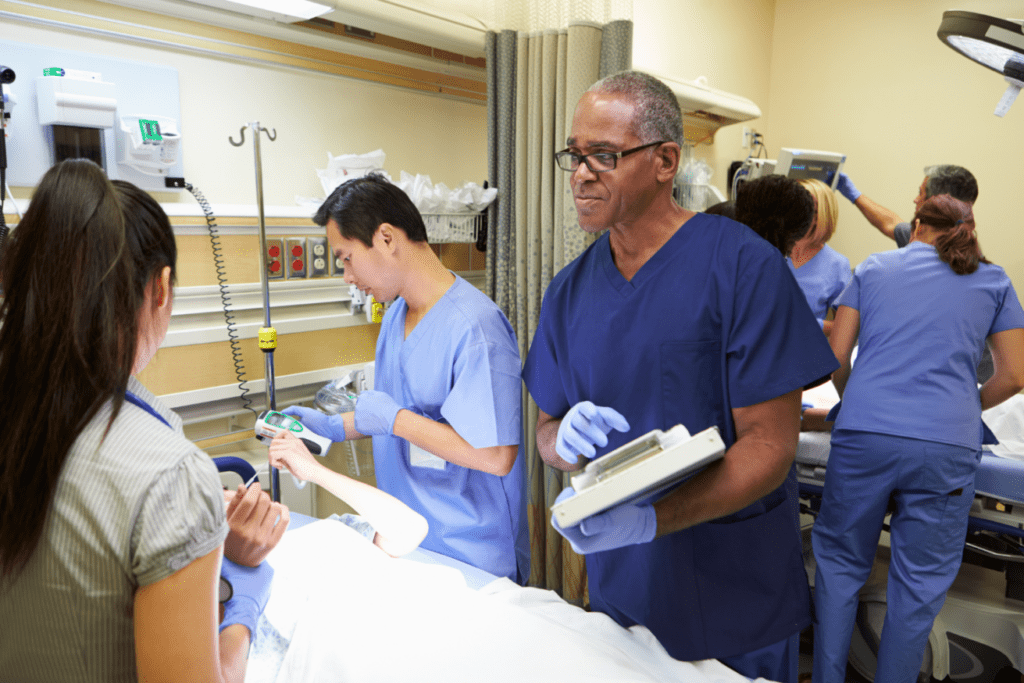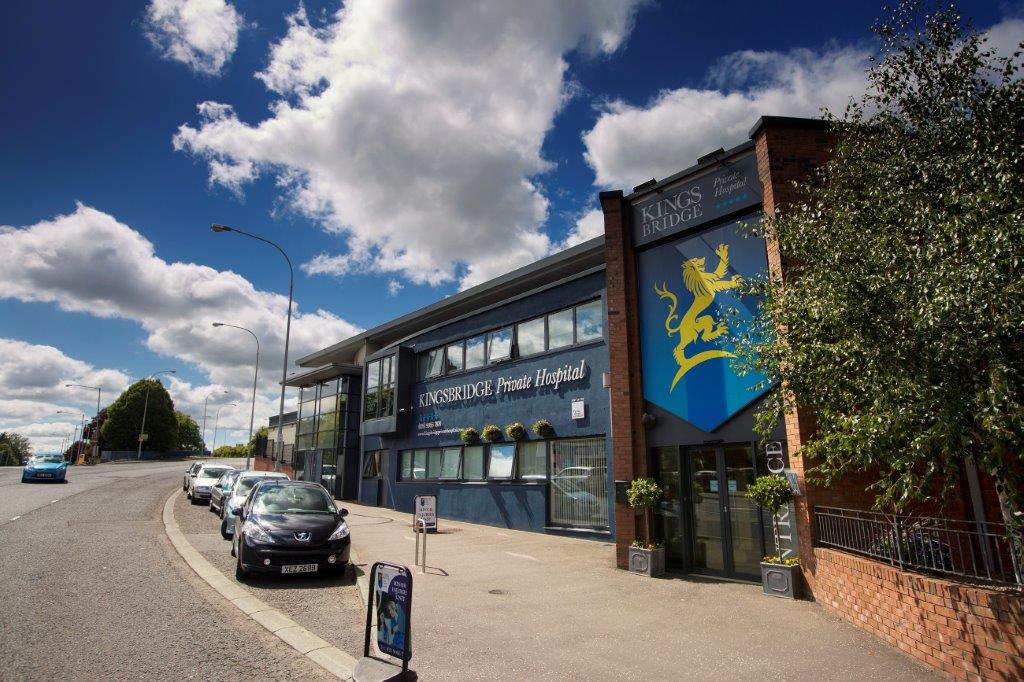Maintaining the integrity of medicines is paramount in healthcare, and temperature monitoring emerges as a linchpin in this process. Hospital wards are dynamic environments where a multitude of medications are stored, each with specific temperature requirements. Deviations from these requirements can compromise the efficacy of drugs, potentially jeopardising patient outcomes.
Precise temperature monitoring in hospital wards is indispensable for several reasons:
- First and foremost, many medications are sensitive to temperature variations, and even slight deviations can alter their chemical composition. This is particularly crucial for drugs treating conditions where potency is directly linked to therapeutic success.
- Secondly, patient safety hinges on the reliability of medications. Anomalies in temperature can render medicines ineffective or, in extreme cases, harmful. Monitoring systems not only provide real-time data but also trigger alerts when temperatures veer outside acceptable ranges, enabling swift corrective actions.
- Regulatory compliance demands rigorous temperature control. Healthcare institutions must adhere to stringent guidelines to ensure the efficacy and safety of medications. Failure to meet these standards can lead to severe consequences, including regulatory penalties and, more critically, compromised patient care.
Monitoring the temperature of medicines in hospital wards is not just a regulatory formality; it’s a proactive strategy to safeguard patient well-being. By investing in robust temperature monitoring systems, healthcare providers demonstrate their commitment to delivering medications at their utmost efficacy, contributing significantly to the overarching goal of ensuring optimal patient outcomes.
Click here to learn how wireless temperature monitoring systems can help your healthcare environment.








